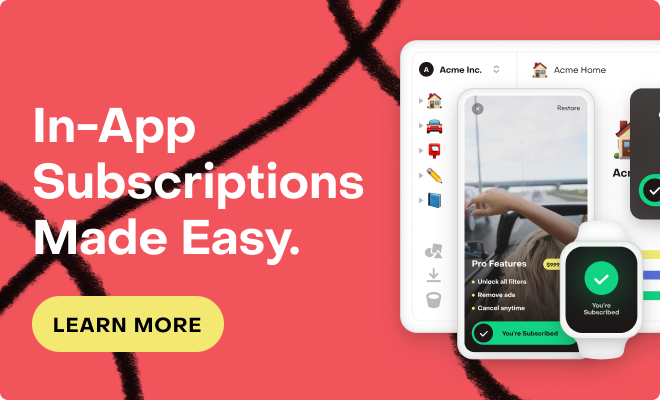Here is the Setup:
1. App is a race car game where user has different cars they build.
2. User can buy new parts for each of their cars.
3. Upgrades are onetime, non-expiring purchases.
4. One upgrade is for one car only.
4.a. if user wants to upgrade tires for two cars...the user makes two purchases of product ID "nrp_tire_lvl3_199"
User Scenario:
1. User is managing two cars (A, B, and C).
2. User wants to upgrade tires on car B.
3. User makes purchase of "nrp_tire_lvl3_199"
4. Our server receives the Web hook notification of the purchase.
??? How can we tell the server which of the User's cars to apply the upgrade to? How can the Server know to apply the upgrade to Car B?
Best answer by ryan
View original



